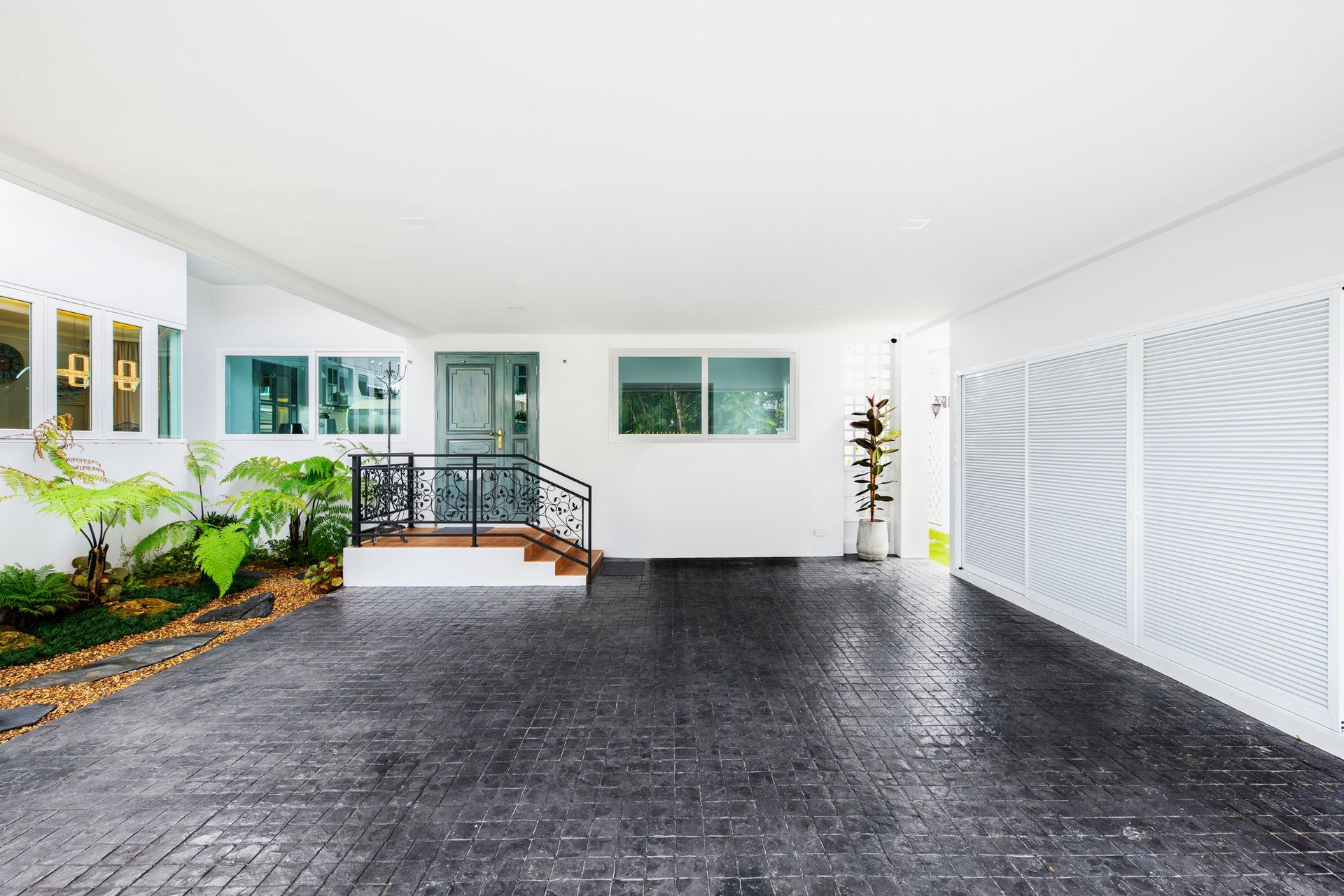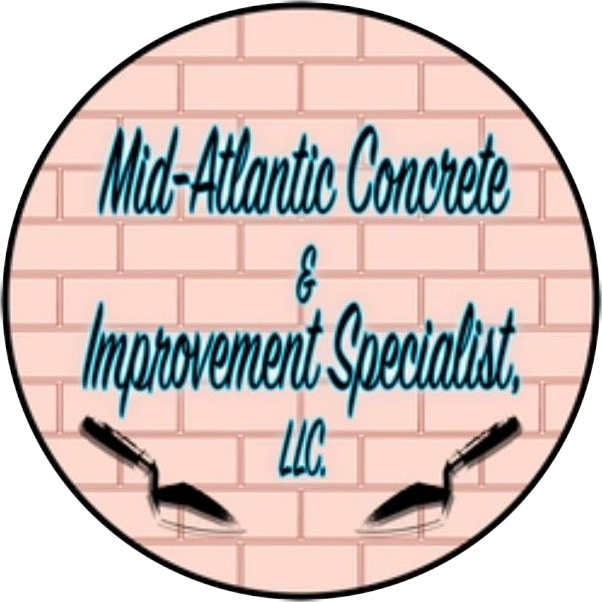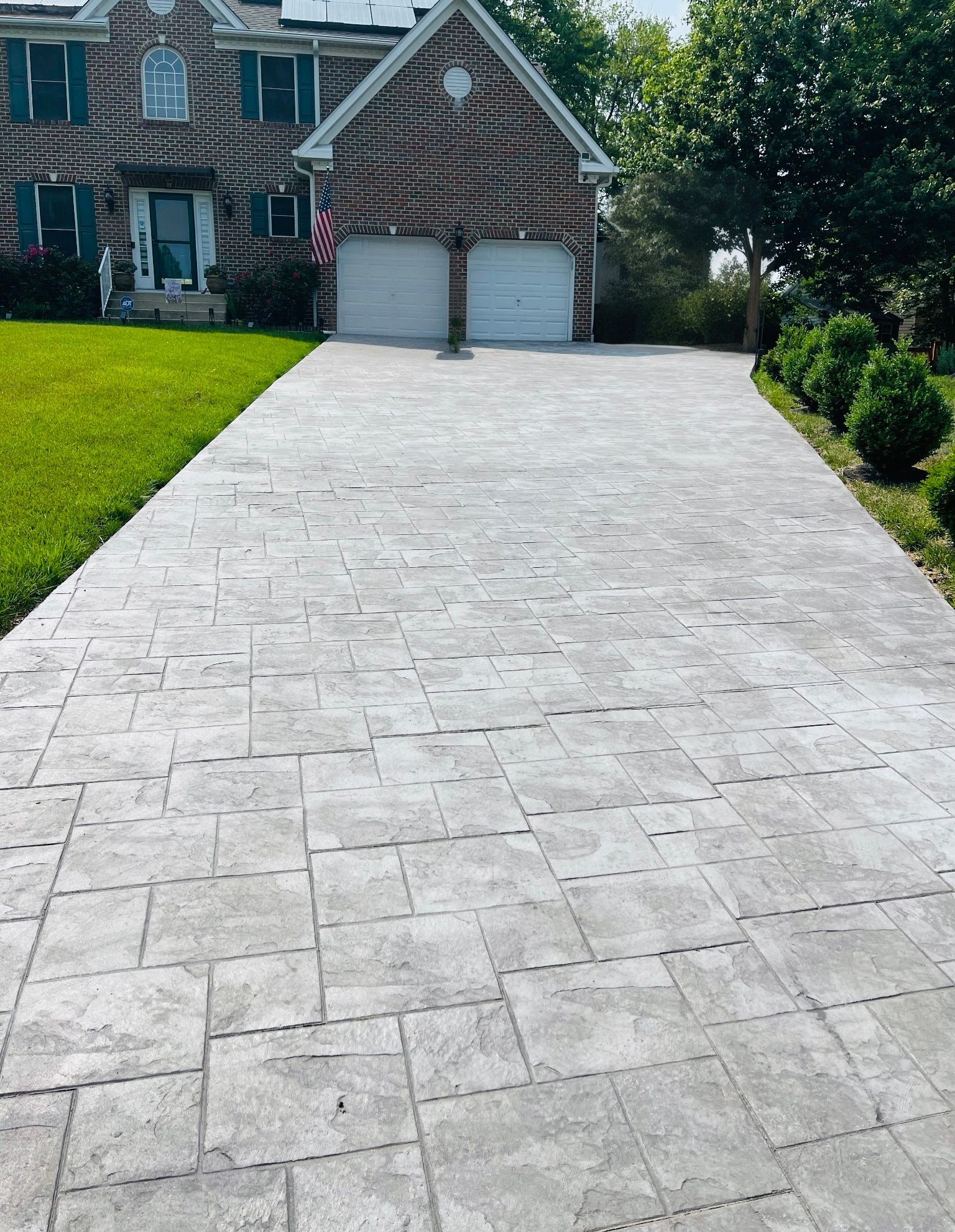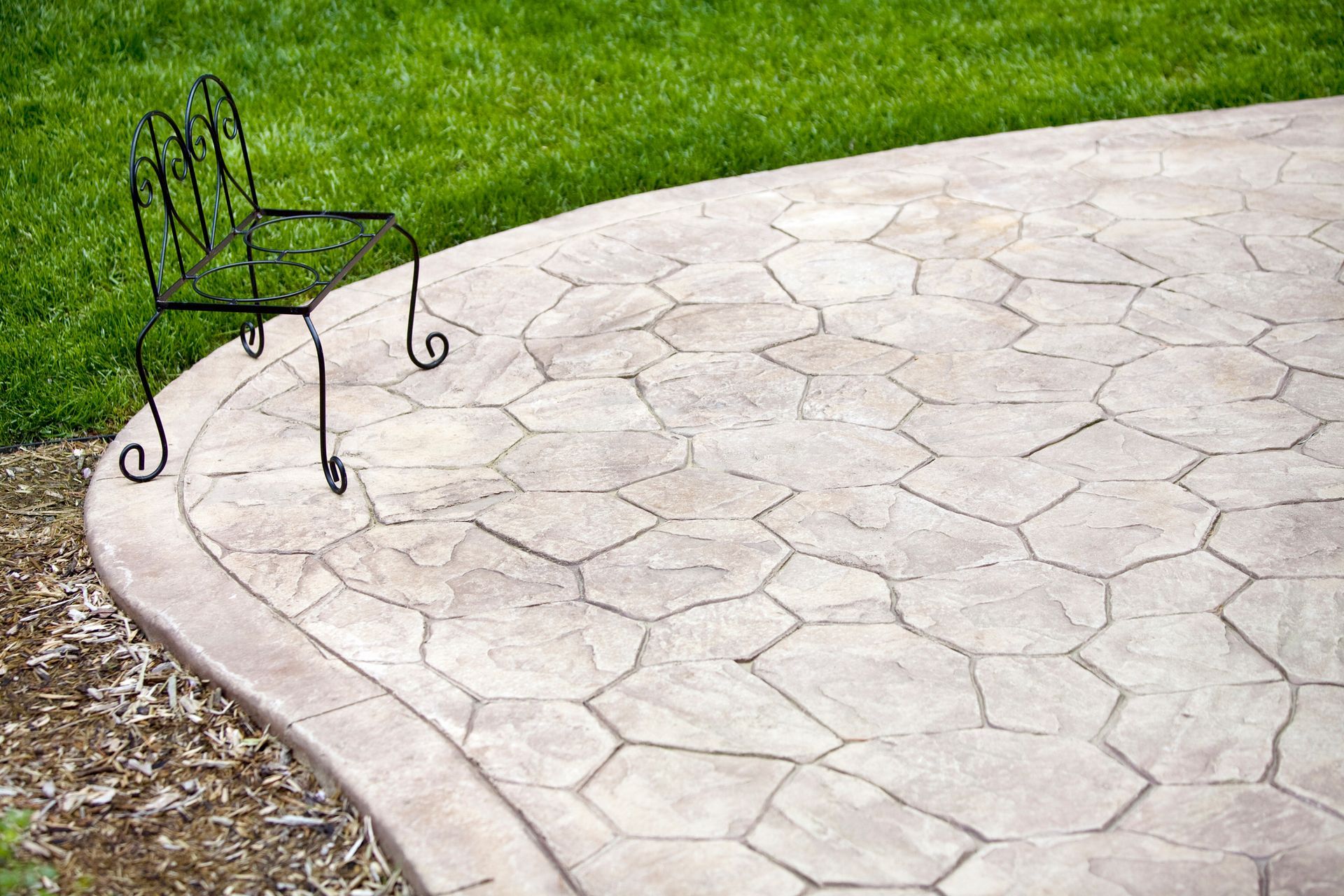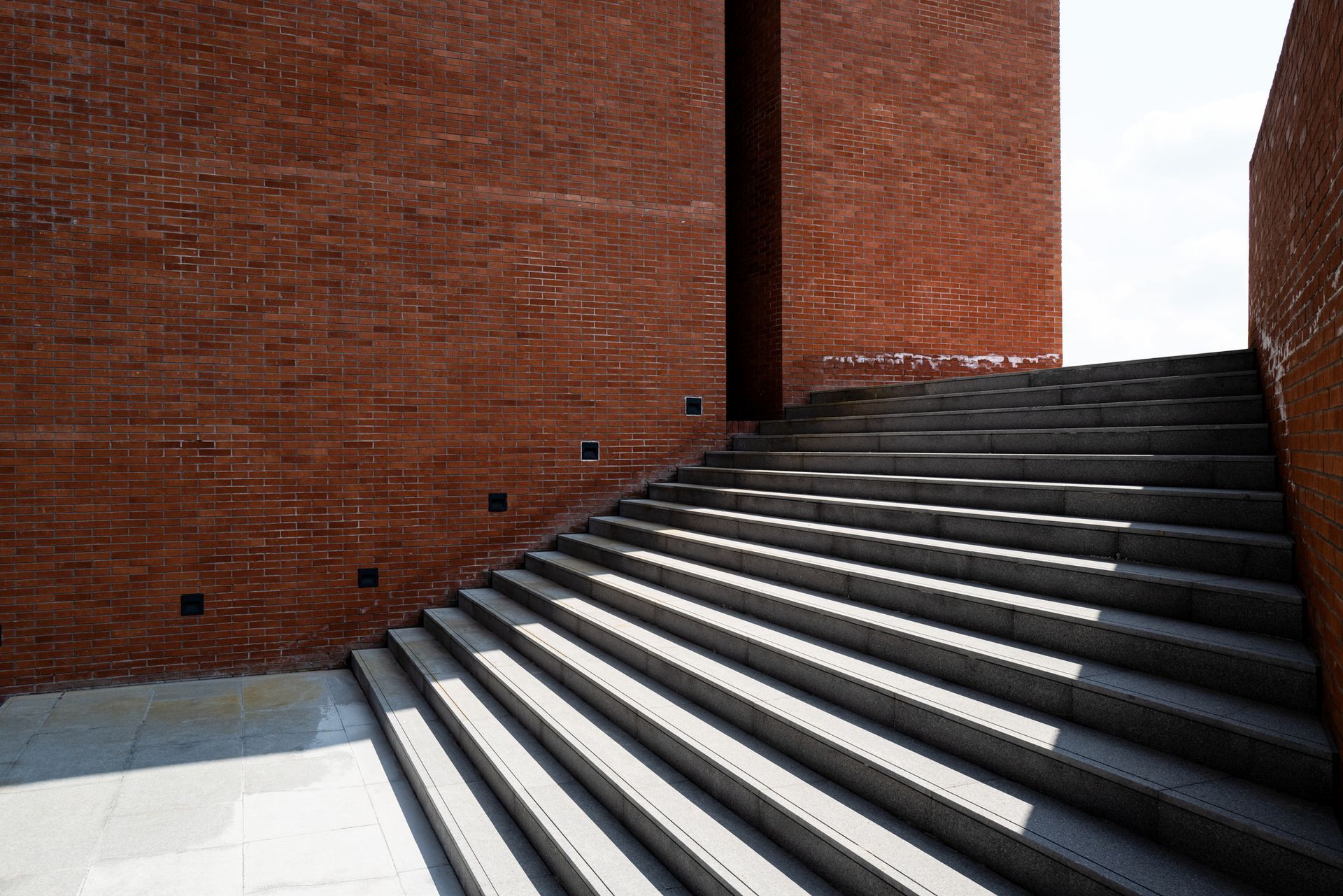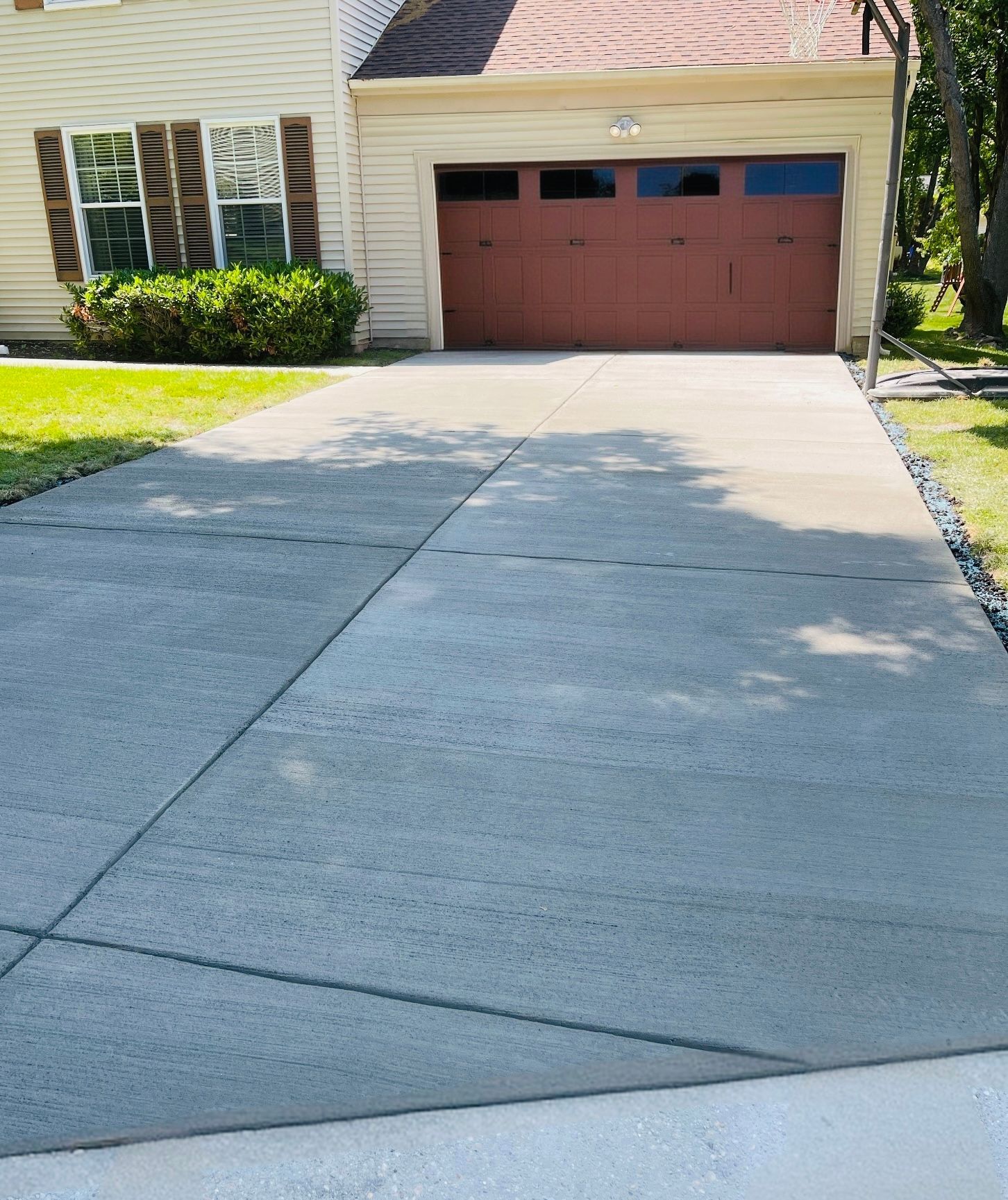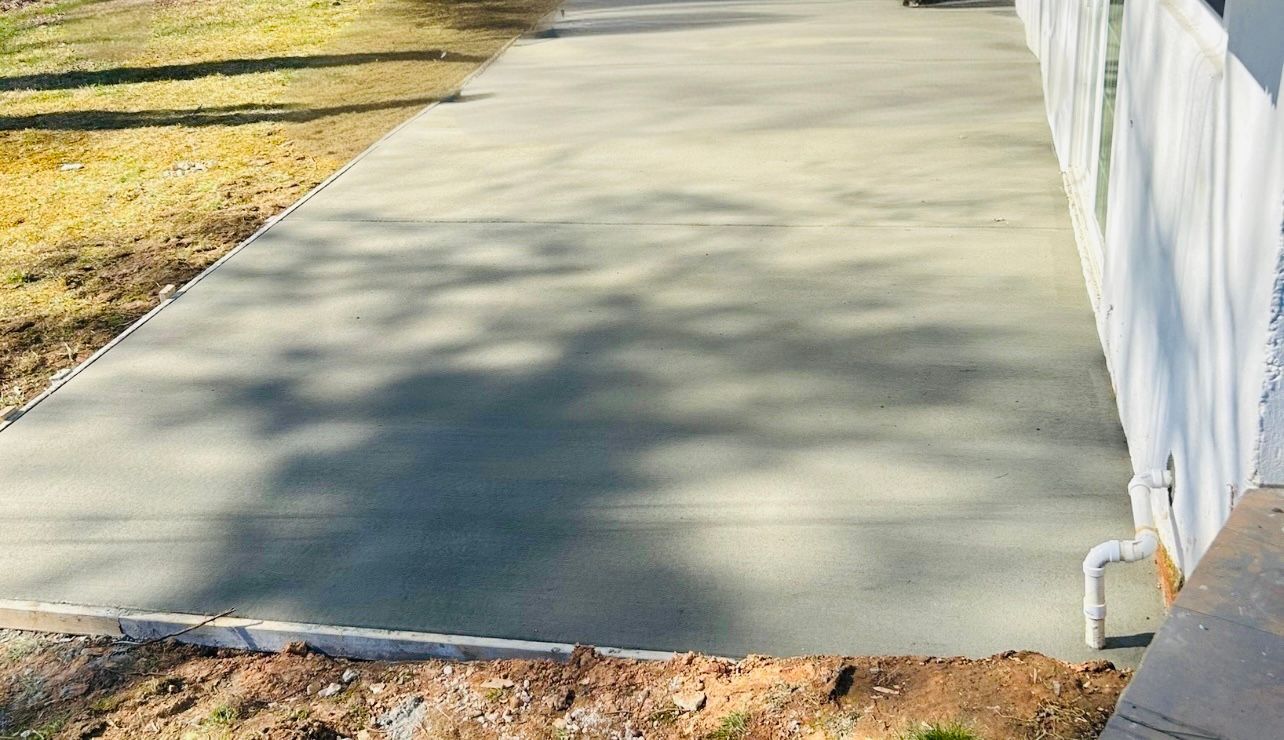Concrete Installation: A Comprehensive Guide
Understanding the importance of concrete installation is the first step toward a successful construction project. As one of the most versatile and durable materials, concrete forms the backbone of modern construction, providing the strength and stability required for structures to withstand adverse conditions and the test of time. The process of concrete installation, while seemingly straightforward, demands a thorough understanding of various factors such as the type of concrete, its mix ratio, the conditions under which it should be installed, and maintenance practices. A poorly executed concrete installation can lead to significant structural issues later on, making it crucial for construction professionals and DIY enthusiasts alike to grasp its nuances.
This comprehensive guide aims to offer a detailed walkthrough of the process of concrete installation, shedding light on every crucial aspect involved. It will cover the basics, starting from understanding the different types of concrete and their appropriate uses, to the technical aspects of mixing ratios and curing times. It will also delve into the pre-installation considerations, the installation process itself, and the post-installation maintenance practices. By the end of this article, readers will possess a thorough understanding of concrete installation, equipped with the knowledge to undertake their construction projects with confidence and expertise.
Concrete and Its Importance
Concrete, one of the cornerstones of modern construction, is a composite material comprised of fine and coarse aggregate bonded together with a fluid cement that hardens over time. It is versatile, strong, and durable, making it a favored choice for a wide range of construction projects.
Types of Concrete
There are different types of concrete available, each suited to a specific purpose. For instance, regular or normal-strength concrete is the most commonly used type for general construction purposes. Another type, high-strength concrete, offers superior durability and is often used in the construction of skyscrapers and bridges. High-performance concrete, on the other hand, provides additional benefits such as resistance to chemicals, improved mechanical properties, and superior durability. Lightweight concrete is used in applications where weight is a concern, such as in the construction of floating bridges.
Role of Concrete in Construction
The role of concrete in construction is vital. It is used in the creation of structural elements like foundations, walls, roads, bridges, highways, buildings, and dams. It is hard to imagine a world without concrete. Its strength and durability make it an ideal material for structures that need to withstand various environmental conditions and loads.
Benefits of Using Concrete
The benefits of using concrete in construction are manifold. It is cost-effective, resilient, and requires minimal maintenance, making it a sustainable choice for construction. Concrete also has a high thermal mass, which means it can absorb and retain heat, improving energy efficiency in buildings. Moreover, concrete is resistant to fire, wind, water, and pests, further enhancing its durability and longevity. In addition to its numerous advantages, concrete's versatility and durability have made it a preferred choice for construction projects undertaken by Mid Atlantic Concrete And Improvement Specialist LLC.
Pre-Installation Considerations
The pre-installation phase is a significant and critical part of any concrete project. Before delving into the actual process of concrete installation, certain factors must be accurately considered. These include choosing the right type of concrete, estimating the quantity needed, understanding the weather conditions, and prioritizing safety measures.
Concrete Selection: Key Pre-Installation Considerations
The first step in the pre-installation phase is selecting the appropriate type of concrete for your project. Concrete comes in various types, each designed for a specific function or condition. The selection depends on several factors such as the structure's load-bearing requirements, exposure conditions, and aesthetic preferences. It is essential to have a clear understanding of the performance characteristics of each type to make an informed decision.
Precision Planning: Concrete Quantity Estimation
The second step involves estimating the amount of concrete required for your project. This step is crucial as it directly affects the cost, timeline, and overall success of the project. Underestimating can lead to a shortage, causing delays, while overestimating can result in wastage and increased costs. Use a concrete calculator or consult with a professional to get an accurate estimate.
Weather-Wise Installation
Another pivotal factor to consider is the weather conditions. Concrete installation requires specific environmental conditions to achieve optimal results. For instance, installing concrete in extreme temperatures can affect its curing process and overall strength. Therefore, it is crucial to understand and plan for the weather conditions during the installation period.
Safety First: Ensuring Concrete Installation Security
Lastly, safety should never be compromised at any stage of the project. Therefore, proper safety measures, including the use of personal protective equipment (PPE), should be in place. Also, ensure the work area is safe and free from potential hazards.
In conclusion, proper planning and consideration in the pre-installation phase will ensure a smooth and successful concrete installation project. It allows for efficient use of resources, ensures safety, and guarantees the durability and longevity of the installed concrete. For expert guidance and top-notch concrete services, consider partnering with Mid Atlantic Concrete And Improvement Specialist LLC.
Concrete Installation Process
In the realm of concrete installation, the process itself is a well-choreographed dance, involving several steps that need to be carried out meticulously for a successful concrete project.
Installation Area Preparing
The first step entails preparing the installation area. This involves clearing the area of any debris, excavating the ground to the desired depth, and leveling it. Once prepared, a sub-base is laid to strengthen the foundation and enhance durability. After the sub-base, comes the setting up of formwork, which helps maintain the shape of concrete.
Concrete Mixing
The next crucial step is the mixing of concrete. The concrete mix should be in line with the project's requirements, ensuring a good balance between the workability of the mix and its ultimate strength. Once mixed, the concrete is poured into the formwork, leveled, and compacted to remove air pockets.
Concrete Curing
The final step is curing, a process that involves keeping the concrete wet for a certain period to allow it to harden and gain strength.
The concrete installation process requires specific tools to ensure precision and quality. Some of the basic tools required include a wheelbarrow for moving the concrete, a shovel for mixing and spreading, a trowel for smoothing the surface, and a concrete vibrator for removing air pockets. Other essential tools are the edging tool, grooving tool, and finishing broom to provide the final touches and enhance the appearance of the concrete surface.
However, even with the right tools and steps, mistakes can happen. Some common mistakes to avoid during concrete installation include adding too much water to the mix, which can weaken the concrete, not preparing the installation area properly, and skipping the curing process. Also, proper safety measures should be taken to avoid any accidents. For a flawless
concrete installation and expert troubleshooting, trust the experienced team at Mid Atlantic Concrete And Improvement Specialist LLC.
Post-Installation Care
Following the concrete installation process, post-installation care is crucial for maintaining the durability and longevity of your concrete surface.
Concrete Curing
One of the major steps in this phase is concrete curing. The process of curing is integral to achieving the desired strength and durability of the concrete. It involves regularly wetting the concrete surface for 3-7 days, depending on the type and purpose of the concrete. This keeps the concrete moist and slows down the drying process, allowing the concrete to gain strength over time. Avoiding this crucial step can lead to premature cracking and a weakened structure.
Concrete Surface Sealing and Maintaining
In addition to curing, sealing and maintaining the concrete surface is another important aspect of post-installation care. Sealing should ideally be done 30 days after the concrete is poured, giving it enough time to completely cure. A high-quality concrete sealant not only adds a protective layer against stains and weather damage but also enhances the aesthetic appeal of the concrete surface. Regular sweeping and washing can keep the sealed surface clean and prolong its lifespan.
Concrete Challenges: Identifying and Resolving Issues
Despite following the best practices, you may encounter some common issues like cracking, discoloration, or surface scaling. Most of these issues stem from mistakes made during the installation or curing process. For instance, adding too much water to the mix or skipping the curing process can lead to cracking. Discoloration can be due to inconsistent curing or the use of different cement types in the mix. Surface scaling, on the other hand, is often caused by exposure to freezing and thawing cycles without proper sealing. The key to troubleshooting these issues lies in identifying the root cause and taking corrective measures.
In summary, post-installation care for concrete involves curing, sealing, and maintaining the surface, along with troubleshooting any common issues that may arise. Proper care can ensure the durability of the concrete and maximize its lifespan. When seeking professional assistance for concrete maintenance and troubleshooting, consider the reliable services provided by Mid Atlantic Concrete And Improvement Specialist LLC.
Hiring a Professional for Concrete Installation
While maintaining and troubleshooting your concrete installation is crucial, there comes a time when you might need to consider hiring a professional for concrete installation. This necessity is often driven by the complexity of the project, the need for specialized tools, or lack of experience in handling concrete.
A professional concrete installer like Mid Atlantic Concrete And Improvement Specialist LLC. brings to the table a wealth of knowledge and expertise, ensuring the job is done correctly and efficiently, right from the preparation stage to post-installation care. They are well-versed in handling common issues like cracking, discoloration, or surface scaling, and can provide viable solutions to prevent further damage.
Key Factors When Looking for a Professional Concrete Installer
When looking for a professional concrete installer, there are several key factors to consider. Firstly, experience is paramount. An installer with years of experience will have honed their skills to handle a variety of projects and troubleshoot any potential issues. Secondly, look for credentials and certifications. A licensed, bonded, and insured contractor gives you peace of mind knowing that they are accountable and that they adhere to industry standards. Thirdly, consider their reputation. Positive customer reviews and testimonials can give you an insight into the quality of their work and their customer service.
Questions to Ask Your Potential Contractors
Before you make a final decision, there are several questions you should ask potential contractors. Inquire about their experience with projects similar to yours, as this can give you an idea of their ability to handle your specific needs. Ask about their process, including the timeline, the materials they will use, and how they plan to handle any potential issues that arise. Finally, request a detailed estimate. This will help you understand the full cost of the project and avoid any surprises down the line. If you're in the Mid-Atlantic region, consider reaching out to Mid-Atlantic Concrete And Improvement Specialist LLC for a reliable and transparent approach to your concrete needs.
Conclusion
In conclusion, concrete installation is a multifaceted process that requires the right skills, experience, and understanding. Throughout this guide, we've touched on the essential aspects of concrete installation, from understanding its basic components, and the importance of ground preparation, to the actual pouring and curing of concrete. Remember, the success of your concrete installation project is heavily reliant on the professional you choose to work with. Their experience, credentials, and reputation are crucial parameters for making this choice.
Our final advice to you, our reader, is to approach concrete installation with the understanding that it's not just about pouring a mixture onto the ground. It's a scientific process that requires precision, patience, and expertise. When you choose to work with a professional, ensure they can provide a detailed estimate to prevent any unexpected costs. Also, don't shy away from asking about their previous similar projects. This will give you an insight into their experience and competence in handling a project like yours. With the right professional by your side, your concrete installation project will not only meet but exceed your expectations.
And for those in the Mid-Atlantic region, consider consulting Mid Atlantic Concrete And Improvement Specialist LLC for their expertise and commitment to delivering high-quality concrete solutions. In the complex world of concrete installation, knowledge is power. Empower yourself by staying informed and making the right decisions. Good luck with your
concrete installation project!
Name, Address, and Phone
Mid Atlantic Concrete And Improvement Specialist LLC.
7643 Paradise Beach Rd, Pasadena, MD, 21122, US
(443) 639-0840
